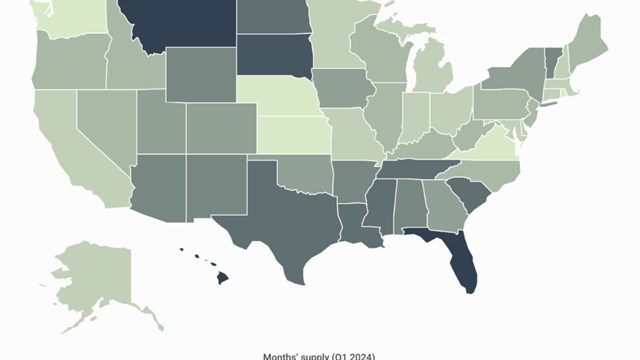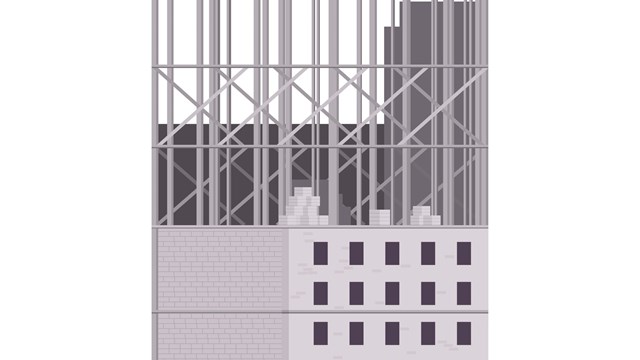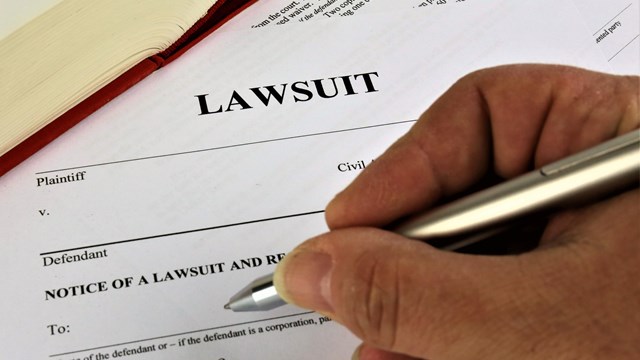A recent decision in New York State Appellate Court may bring relief to condominium owners involved in lawsuits with developers over construction defects. It also may bring increased transparency to the often-opaque world of real estate investment, and increased liability to those who back the developers changing our skyline.
The case, known among attorneys as ‘Be@William,’ involves a 113-unit residential condo at 90 William Street, located in the Financial District. In addition to the condominium units, the property also contains two commercial units. It was completed in 2008 and had a sell-out of nearly $100 million. As early as 2010, residents and board began noticing and complaining about shoddy construction and related defects - they filed suit over the problems in 2013. The original court decision in that case ruled against the condominium and in favor of the developer, holding that in order to recoup funds from an investor or investors for shoddy construction, a condo board needed to prove a connection to those investors. The new appellate decision reverses that ruling.
Investment Structure & Liability - Peeling Back the Layers
Among the more esoteric components involved in the development and sale of condominiums (in New York or elsewhere) are the careful ownership structures that legions of attorneys have developed over the years to protect investors from liability - especially after units have been sold. To attract investors, developers - who normally don’t have the funds to build their project just lying around near at hand - offer those investors protection from worry. In very simplified terms, the developer assumes liability on behalf of the investors. While this financing structure is intended to protect investors who are not a part of the development team, it is also used (perfectly legally) to protect invested funds from individuals and entities related to the developer, or even the developer himself, protected by corporate veils.
Such was the case here. The investors included the wife of the developer and a company owned by the developer, Louis Greco.
"Developers frequently operate through a legal entity that may have no assets by the time a board sues for construction defects,” says Jared Paioff, a partner with Schwartz Sladkus Reich Greenberg Atlas. This decision allows boards to claw back profits that were distributed to investors by the developer. Boards may now follow the profit that was already distributed, regaining that money to correct construction defects that should have been corrected by the developer. Investors are not technically liable for the construction defects of the developer, but they are liable for the distributions profit they received up to the amount of the developer’s liability."
Real Life Implications
So what does this mean for condo boards and owners going forward? This is a critical decision that now enables boards to reclaim funds disbursed to investors in construction defect cases. “Investors must now be extremely cautious about the quality of the developers with whom they work as the investors are liable for shoddy construction,” says Steven Sladkus, an attorney with the Manhanttan-based firm Schwartz Sladkus Reich Greenberg Atlas (SSRGA).
"This was a long case, and SSRGA has worked on it for nearly eight years,” says Paioff. "A previous case had required that a board would have to have a special, direct relationship to an investor to be able to claw back profits. This made no sense and it has now been corrected. From here, the case will go to trial to determine the cost to correct the construction defects, and the board will then seek those funds from the project investors."
Condominium owners can take this decision as a victory for all. Considering the fact that these purchasers are buying new product, they can comfortably expect that the product will live up to the standards at which it was sold. Developers, and those investing behind them, will be held to account for what they build.










Comments
Leave a Comment